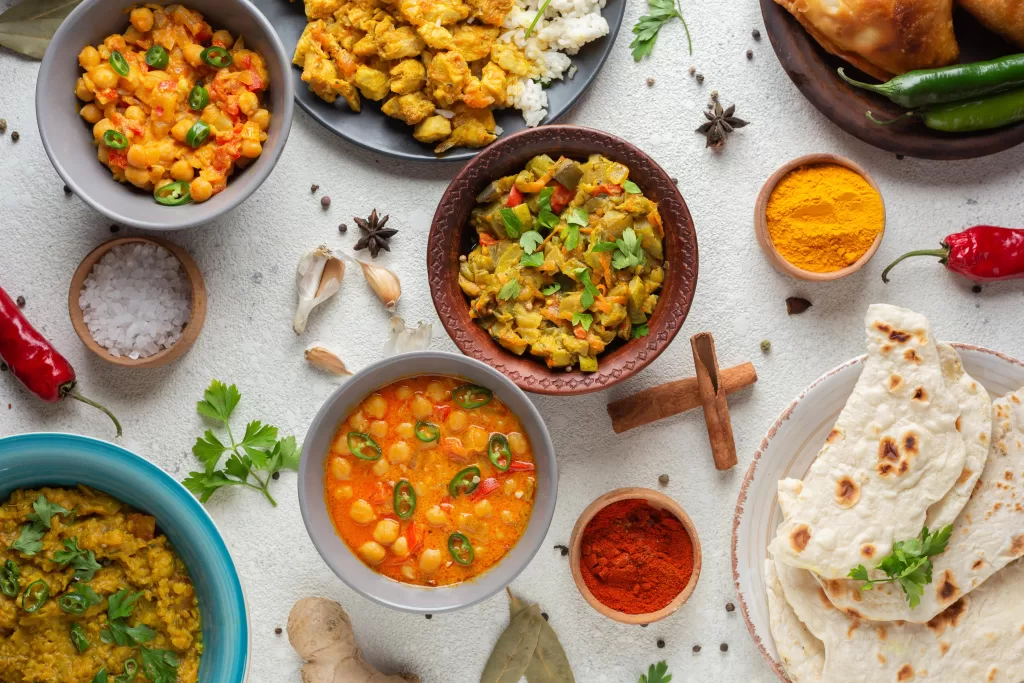In the vibrant mosaic of Pakistani culture, the connection between diet and beauty is deeply rooted in the nation’s rich agricultural abundance. With a bounty of natural foods and seeds, Pakistani women have long embraced a diet that not only nourishes the body but also enhances facial features, contributing to a radiant and healthy appearance. This article explores the intricate link between diet and beauty in the context of Pakistan’s agricultural wealth, shedding light on how natural foods and traditional cooking methods play a vital role in enhancing women’s facial features.

The Role of Nutrient-Rich Foods:
Pakistan’s fertile soil and diverse climates facilitate the cultivation of a wide array of nutrient-rich foods. From the luscious orchards of Punjab to the fertile plains of Sindh, the nation’s agricultural bounty includes fruits, vegetables, and grains that are not only delicious but also packed with essential vitamins and minerals. Incorporating a variety of these foods into one’s diet contributes to overall health, reflecting positively on one’s skin and facial features.
Seeds for Skin:
Seeds, such as flaxseeds, chia seeds, and sunflower seeds, have become increasingly popular in modern diets, and their inclusion in traditional Pakistani cuisine is notable. These tiny powerhouses are rich in omega-3 fatty acids, antioxidants, and other nutrients that promote skin health. Many Pakistani dishes incorporate these seeds, either as snacks or as ingredients in various dishes, providing women with a natural source of nourishment for glowing and healthy skin.
Ayurvedic Influences on Pakistani Cuisine:
Pakistani cuisine is influenced by Ayurvedic principles, emphasizing the use of herbs and spices not only for flavor but also for their potential health benefits. Turmeric, for example, is a staple in Pakistani dishes and is known for its anti-inflammatory and antioxidant properties. Its consumption contributes to a natural radiance, and the inclusion of such spices in daily meals is a testament to the holistic approach to beauty in Pakistani culture.
Hydration and Fresh Juices:
In a country where the scorching sun is a constant companion, hydration plays a crucial role in maintaining healthy skin. Pakistan boasts a variety of fresh fruits, from succulent mangoes to juicy melons. Freshly squeezed fruit juices, rich in vitamins and hydration, are a common feature in Pakistani households. The ample availability of these fruits allows women to incorporate natural hydration into their diets, promoting supple and radiant skin.
Traditional Cooking Methods:
The methods of preparing food in Pakistan also contribute to the link between diet and beauty. Traditional cooking techniques often involve slow cooking, using minimal processing and preserving the nutritional content of the ingredients. Tandoori cooking, for instance, imparts a unique flavor to dishes while preserving the integrity of the ingredients. This gentle approach to cooking helps retain the goodness of the natural foods, contributing to the overall well-being and beauty of those who consume them.
Culinary Diversity:
Pakistan’s culinary landscape is as diverse as its geographical features. From the savory dishes of Punjab to the aromatic flavors of Sindhi cuisine, the variety of foods across the country ensures a diverse and well-rounded diet. This culinary diversity not only adds excitement to the palate but also introduces a broad spectrum of nutrients that collectively contribute to the enhancement of women’s facial features.

In a country blessed with an abundance of agricultural resources, the link between diet and beauty in Pakistan is a fascinating journey through a tapestry of flavors and nutrients. The natural foods, seeds, and traditional cooking methods embedded in the cultural heritage of Pakistan play a pivotal role in enhancing women’s facial features and promoting radiant skin. As Pakistani women continue to embrace the nutritional wealth offered by their rich agricultural landscape, they not only nourish their bodies but also showcase the timeless connection between diet and beauty, proving that true radiance often begins from within.


